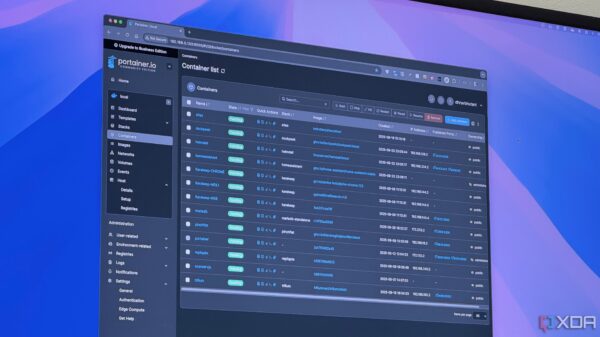The process of ore formation is a complex and often overlooked aspect of mining that plays a crucial role in supplying the elements necessary for modern industry. While much focus is placed on the extraction of minerals from mines, the geological history that precedes mining activities is vital for understanding where these valuable resources originate. This article delves into the intricate processes of ore formation, highlighting the essential role of geology in this journey from the earth to industrial applications.
Understanding Ore: More Than Just Rock
At its core, the term “ore” lacks a precise scientific definition. Instead, it refers to rocks that contain valuable elements or compounds which can be economically extracted. The classification of what constitutes ore can change over time. For instance, prospectors are now targeting copper in porphyry deposits at concentrations as low as 1000 parts per million (0.1%), a level that was not considered economically viable in past decades. This evolution is largely attributed to advancements in mining and refining technologies, coupled with fluctuations in market prices.
Kirkland Lake, Ontario, often referred to as the “Mile of Gold,” has its own lore surrounding its mining history. There is a persistent story about a street in the town that was repaved using waste rock from local gold mines, only to be torn up later as the price of gold rose, making the recovery of microscopic flakes of gold potentially profitable. While this tale is more myth than fact, it underscores the evolving nature of what constitutes valuable ore. Historical records confirm that tailings, or the leftover materials from mining processes, have been reprocessed in Kirkland Lake, showing that what is deemed waste today may hold value tomorrow.
The Geological Foundations of Ore Formation
The origins of metal ores can be traced back to fundamental geological processes that began with the formation of the solar system. Early celestial bodies were formed from the protoplanetary disk surrounding the young sun, leading to a primitive elemental abundance that would eventually shape the composition of planets. During this accretion phase, collisions generated significant heat, causing the materials to melt and differentiate. Heavier elements sank toward the core, while lighter ones rose, resulting in a depletion of metals in the planet’s crust.
This phenomenon can be attributed to the principles established by ancient thinkers such as Archimedes and Sir Isaac Newton. The differentiation of materials has implications for the availability of ore, as the bulk of Earth’s metals are found in its core rather than its crust. It is believed that during the Late Heavy Bombardment, approximately 3.8 to 4.1 billion years ago, numerous impacts on Earth, the Moon, and Mars contributed to enriching the planet’s crust with metals. However, the geological record indicates that very few rocks from that era remain on Earth, and none are significant ore deposits.
Volcanism is another critical process in the formation of ore. The magmatic ore-forming processes, particularly through the eruption of kimberlite pipes, are among the most accessible to understand. Kimberlite pipes are vertical formations that transport materials from deep within the mantle to the surface, often bringing diamonds along with them. The eruption of these pipes occurs rapidly, enabling the formation of diamonds under extreme pressure conditions. While not every kimberlite pipe contains diamonds, they are a primary source for this coveted mineral.
The dynamics of volcanic activity also extend to other planets. Mars, for instance, showcases evidence of mantle plumes and volcanic activity, which may suggest the presence of diamond deposits similar to those found on Earth. Conversely, the Moon lacks the necessary pressure gradients for diamond formation, despite having its own volcanic history.
Modern Mining and the Future of Ore Extraction
In contemporary mining, the extraction of metals is often tied to geological formations that have undergone significant transformations. Layered igneous intrusions, such as the Bushveld Igneous Complex in South Africa and Stillwater Complex in the United States, are prime examples of how magma can cool slowly, allowing minerals to fractionate into distinct layers. These formations are vital sources of chromium, nickel, and other metals.
Sulfide melt deposits, which occur when sulfur combines with magma, represent another critical source of economically viable ore. Such deposits are known for their high concentration of metals, making them easier to refine. Notable examples include the Bear Stream Quarry near Norilsk, Russia, a major hub for nickel and platinum group elements, and the Sudbury Basin in Canada, which also boasts significant sulfide deposits resulting from a meteorite impact.
As the demand for metals continues to rise, the mining industry may look beyond Earth for new sources. With the Moon and Mars showing potential for similar geological processes, the possibility of mining these celestial bodies could reshape our understanding of resource extraction in the future.
In summary, the journey from rock to ore is a complex interplay of geological processes that have evolved over billions of years. Understanding these processes not only enhances our knowledge of mineral resources but also sets the stage for future exploration and extraction efforts. As technology continues to advance, the potential for discovering new ore deposits on Earth and beyond remains an exciting frontier.







































































